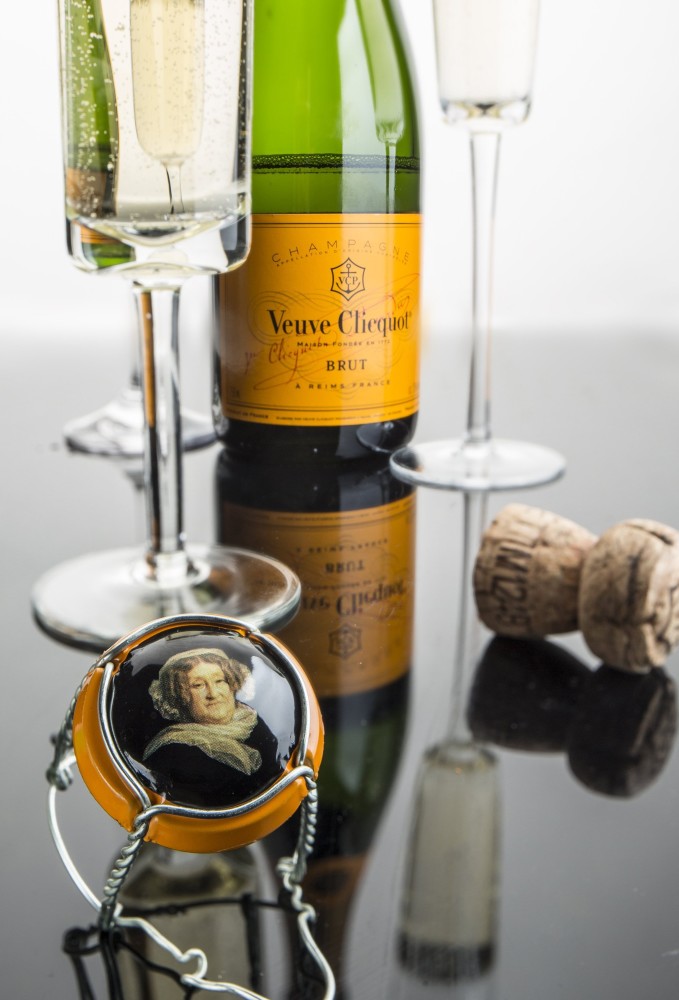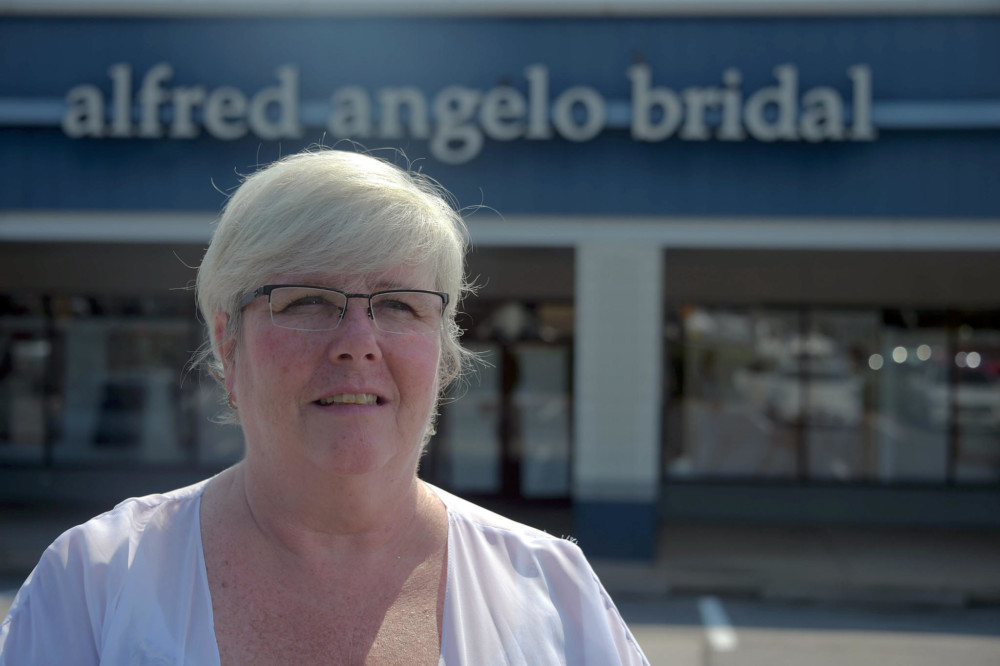By Bill Daley
Chicago Tribune
Veuve Clicquot, veuve is “widow” in French, was one of the first international businesswomen of the 19th century, a shrewd marketer who built her eponymous Champagne brand into a symbol of luxury and elegance that persists to this day.
“Champagne as we have it today, from any house or any brand, wouldn’t be what it is without the Widow Clicquot’s work in promoting Champagne,” says Tyson Stelzer, an Australia-based wine writer and author of “The Champagne Guide 2014-2015.”
He also credited the widow and her cellar master, Antoine Muller, with developing a time-saving method of clarifying Champagne that increased production and left the bubbly “perfectly bright and clear.”
But it was not supposed to have been this way, as detailed in “The Widow Clicquot: The story of a Champagne empire and the woman who ruled it,” a biography by Tilar J. Mazzeo, an associate professor of English at Colby College in Waterville, Maine.
Barbe-Nicole Ponsardin was born in 1777 to a wealthy manufacturing family in Reims.
She was married in 1798 to Francois Clicquot, whose family was active in textiles and wine. The young man was particularly interested in wine, and his new bride joined him in learning the business. They struggled hard to make it.
Suddenly, in 1805, Francois Clicquot was dead, leaving behind a 27-year-old wife, a young daughter and a failing business. The Widow Clicquot, as Mazzeo notes, could have withdrawn into domesticity or, perhaps, found herself in a second marriage. Instead, she went to work, running the wine business herself under a new name: Veuve Clicquot Ponsardin.
The task before her was daunting. The Napoleonic Wars raged across Europe, disrupting trade and flattening national economies. She tried in vain to find an open port from which to ship her Champagne, which was otherwise left to spoil in warehouses. Finally, armed with a vintage considered one of the best of the 19th century, she took action.
“In 1814, with iron determination, she penetrated an allied blockade and shipped her 1811 vintage to the imperial court at St. Petersburg, opening the door to a Russian market that Clicquot was to dominate for the next 50 years,” wrote London-based wine writer Michael Edwards in his book, “The Finest Wines of Champagne.”
The Widow Clicquot gained further respect, and a competitive edge, by developing along with Muller a clarification process, or “riddling,” in which the bottles of Champagne were shaken and slowly positioned upside down so the unsightly sediment and dead yeasts of the fermentation process gathered in the bottle’s neck.
The sediment could then be removed easily, with minimal loss of bubbly, and the Champagne would be crystal clear. It is said she used one of her kitchen tables as a riddling rack.
While Veuve Clicquot, the Champagne, enjoyed much success, Veuve Clicquot, the woman and business owner, had her challenges.
Forays into textiles and banking ended in failure that almost ruined the house, Mazzeo writes. The widow married off her only daughter to a titled aristocrat but found herself bankrolling the lavish lifestyle he demanded. And, in what Mazzeo describes as a relative disregard for a changing English market and its growing taste for drier Champagne styles, she left an opportunity open for a younger but equally ambitious Champagne widow, Louise Pommery, to exploit.
Honored, respected and so popular that Mazzeo says she was herself something of a tourist attraction, the Widow Clicquot died in 1866 at the age of 88, survived by a granddaughter and a great-granddaughter. Neither would be involved in the Champagne house. The operation was left to Edouard Werle, the widow’s business partner.
Veuve Clicquot Ponsardin is now a division of LVMH Moet Hennessy Louis Vuitton, one of the world’s largest luxury groups. But the Widow Clicquot remains an inspirational force, says Vanessa Kay, the president of Veuve Clicquot U.S.A.
“What Madame Clicquot really embodies is a strong determination, creativity and innovation,” Kay says. “I think of someone who was extraordinarily determined. She didn’t let anybody or anything get in the way.”

















































































































































































































































































































































































